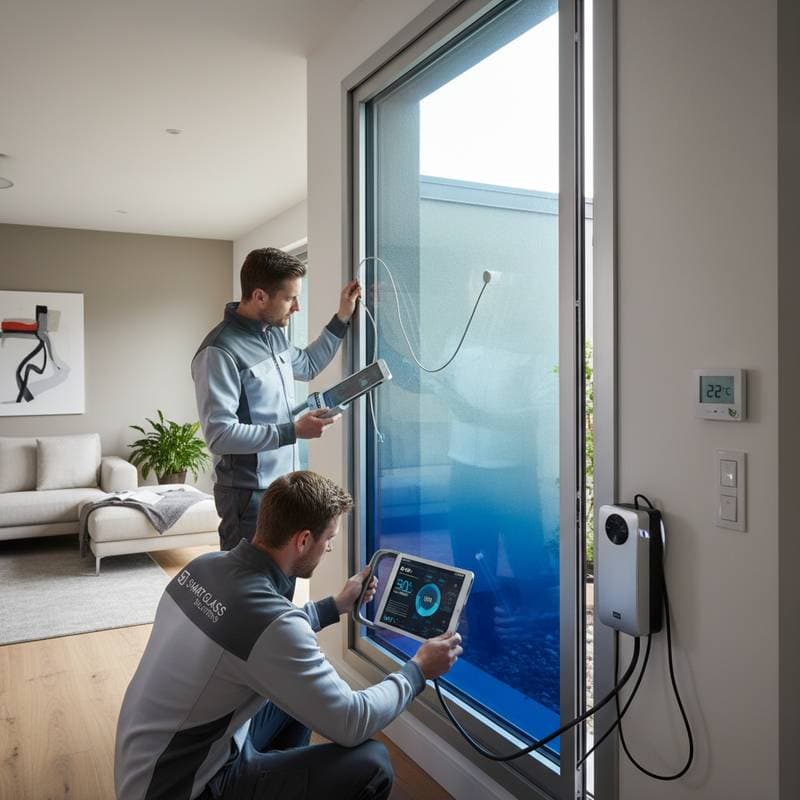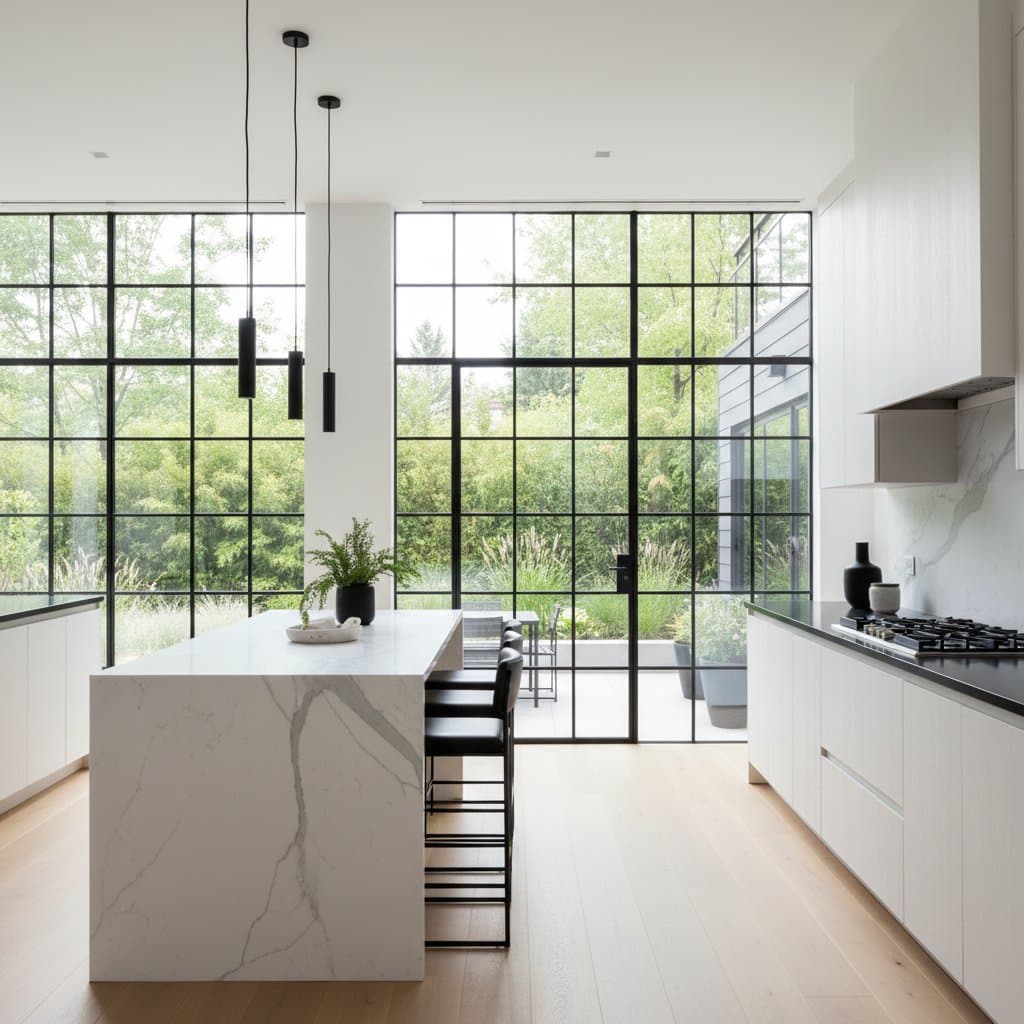Electrochromic Windows Halve HVAC Costs by 2025
Homeowners pay close attention to energy consumption in their residences, particularly as heating and cooling expenses continue to rise. Electrochromic glass emerges as a leading solution for reducing HVAC costs through smart window technology. Initial studies indicate that these windows decrease heating and cooling energy use by nearly 50 percent relative to conventional glass installations. The following sections provide essential details to help determine if electrochromic windows suit your home upgrade needs.
How Electrochromic Windows Function
Electrochromic windows incorporate a specialized thin-film coating that alters tint levels upon application of a low-voltage electrical charge. Darkening occurs to block solar heat and glare, while lightening permits greater natural illumination and warmth to enter. Users control tinting manually or via automated setups linked to sensors monitoring temperature and sunlight intensity across daily cycles.
This adaptability allows precise regulation of indoor conditions with reduced dependence on HVAC operations. The windows serve as an active thermal shield, responding instantly to environmental changes. For instance, in sunny afternoons, automatic darkening prevents overheating, thereby easing the workload on air conditioning units.
Installation Costs and Process
Electrochromic windows exceed the price of standard double-pane options, yet energy savings frequently justify the investment over time. Expect to invest between $700 and $1,000 per window, encompassing labor and materials. A complete home retrofit might total $25,000 to $40,000, influenced by window count, control integrations, and electrical needs.
| Material/Service | Cost Range | Key Features |
|---|---|---|
| Electrochromic Glass | $700 to $1,000 per window | Adjustable tint levels, lowers HVAC demands |
| Standard Double-Pane | $350 to $600 per window | Fundamental insulation, static efficiency |
| Smart Control System | $2,000 to $5,000 total | Sensor-based automation, app-enabled access |
| Professional Installation | $100 to $250 per window | Secure electrical integration and weatherproofing |
Professionals handle installation to connect wiring properly and align with home power systems or smart ecosystems. This step ensures optimal performance and avoids potential issues like voltage inconsistencies.
Key Cost-Influencing Factors
Multiple elements determine the overall expense of electrochromic window installations. Window dimensions and numbers play a primary role, as larger or bespoke designs demand higher manufacturing and fitting efforts. Automated control features enhance usability but elevate initial outlays.
Homes with outdated wiring often require upgrades to accommodate the low-voltage demands. Superior glass treatments and frame constructions boost resilience against weathering yet increase costs. Energy consultant Michael Reyes of ClearView Solutions notes, “Smart glass technology can cut HVAC demand by 30 to 50 percent in most homes when installed correctly. The key is ensuring proper integration with your existing climate control system.”
Consider regional incentives, such as rebates for energy-efficient upgrades, to offset expenses. Evaluating these factors early aids in budgeting accurately.
Energy Savings and Broader Advantages
Electrochromic windows deliver more than bill reductions; they elevate living comfort through effective solar management. In summer, minimized heat ingress maintains cooler interiors without excessive cooling. During winter, retained warmth supports efficient heating.
This equilibrium reduces HVAC runtime, extending equipment lifespan and curbing maintenance needs. Research from residential efficiency initiatives reveals average yearly savings of $400 to $800, varying by local weather patterns and home scale. Environmentally, lower energy use translates to decreased carbon footprints, appealing to sustainability-focused residents.
Additional perks include glare reduction for better views and productivity, plus potential rises in home resale value due to modern efficiency features.
Upkeep and Durability
Maintenance remains straightforward for electrochromic windows. The tinting layer resides securely between glass panels, shielded from contaminants and humidity. Clean surfaces periodically using mild, non-abrasive cleaners to preserve transparency.
Expect a lifespan of 20 to 30 years with proper care, outlasting many traditional windows. Warranties from manufacturers often cover tint functionality and structural integrity, providing peace of mind.
Steps to Adopt Electrochromic Windows
Assess your home during a renovation or window replacement phase to integrate electrochromic technology effectively. Obtain quotes from several certified specialists in advanced glazing. Inquire about compatibility with current thermostats or smart home platforms to maximize system synergy.
Calculate return on investment by projecting energy savings against upfront costs, factoring in local utility rates. This forward-looking choice optimizes indoor environments, minimizes waste, and secures enduring financial and ecological gains.






